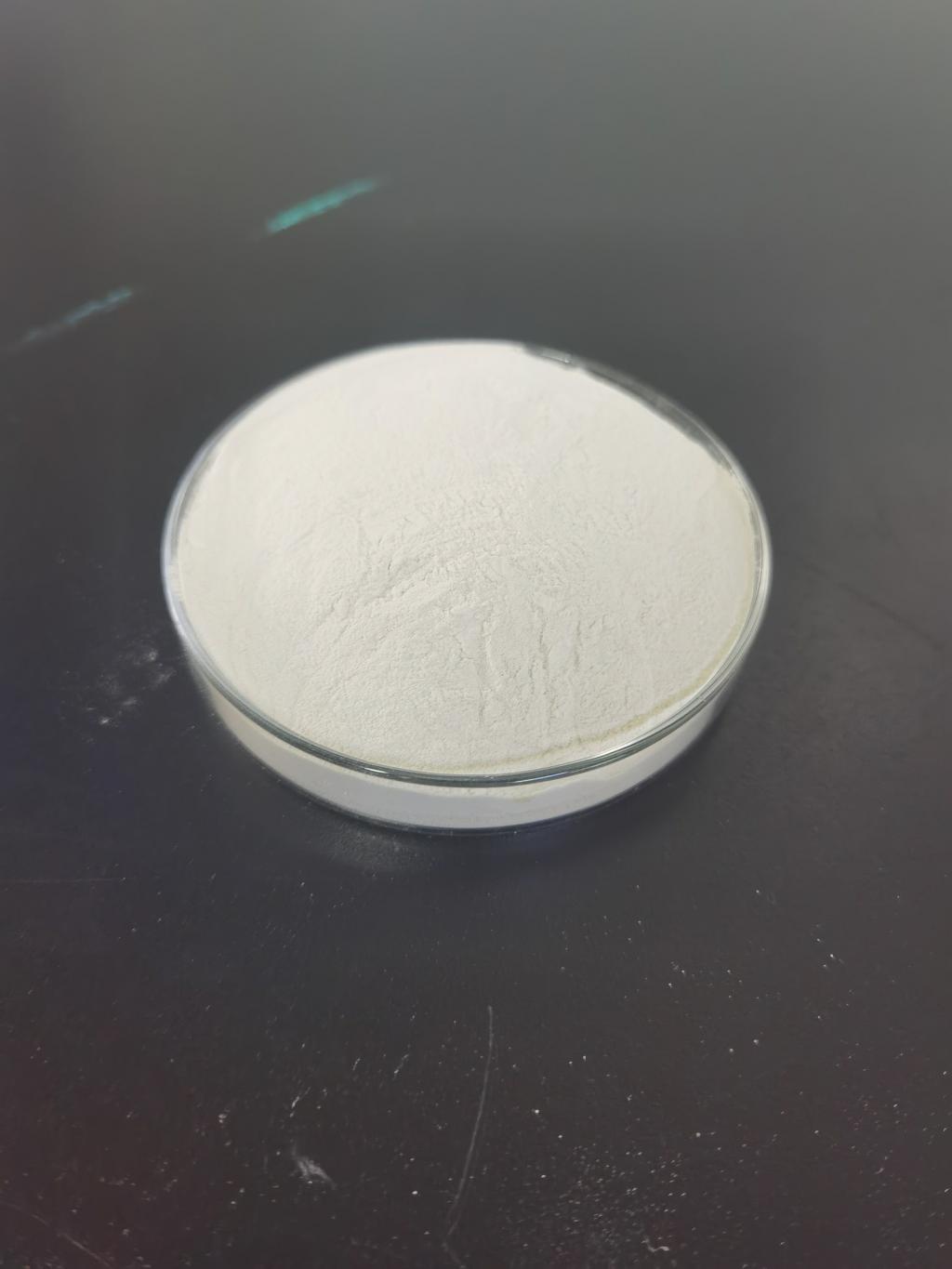Tel:0086 18231198596

News
Nisin's potential in biotechnology and biopharmaceuticals.
TIME:2024-05-23
Structural and Functional Characteristics of Nisin
Molecular Composition and Mechanism of Action
Nisin is composed of 34 amino acids and is classified as a lantibiotic, a subgroup of bacteriocins characterized by the presence of unusual amino acids such as lanthionine. These modifications grant nisin its robust stability and efficacy. The primary mechanism of action involves binding to lipid II, a vital component of bacterial cell walls, thereby inhibiting cell wall synthesis and leading to cell death. This dual mechanism—binding to lipid II and forming pores in the cell membrane—renders nisin highly effective against a broad spectrum of Gram-positive bacteria.
Stability and Safety Profile
Nisin exhibits exceptional stability under acidic conditions, maintaining its activity over a wide pH range and high temperatures. This stability, coupled with its safety profile—being non-toxic to humans and animals—has led to its approval as a food preservative by regulatory agencies worldwide, including the FDA and EFSA. These properties not only support its use in food preservation but also in various biotechnological applications.
Applications in Biotechnology
Food Biotechnology
In food biotechnology, nisin's role as a preservative is well-documented. Its ability to inhibit spoilage organisms and foodborne pathogens, such as Listeria monocytogenes and Clostridium botulinum, has revolutionized food safety practices. The incorporation of nisin into packaging materials, known as active packaging, has further enhanced its efficacy, extending the shelf life of perishable products and reducing food waste.
Industrial Fermentation
Nisin's antimicrobial properties are also exploited in industrial fermentation processes. It is used to prevent contamination by unwanted microorganisms, thereby improving the yield and quality of fermented products such as dairy, alcoholic beverages, and biofuels. Additionally, nisin can be employed as a selection marker in microbial engineering, facilitating the development of genetically modified strains for various biotechnological applications.
Agricultural Biotechnology
In agriculture, nisin has emerged as a potential alternative to traditional antibiotics in animal husbandry. Its use in livestock feed helps control bacterial infections, promoting animal health and reducing the risk of antibiotic resistance development. Nisin's role in plant biotechnology is also being explored, where it could serve as a natural pesticide, protecting crops from bacterial pathogens and reducing the reliance on chemical pesticides.
Applications in Biopharmaceuticals
Antimicrobial Therapies
The rise of antibiotic-resistant bacteria has necessitated the search for novel antimicrobial agents. Nisin, with its unique mechanism of action, presents a promising candidate. Studies have demonstrated its efficacy against multidrug-resistant pathogens, including methicillin-resistant Staphylococcus aureus (MRSA) and vancomycin-resistant Enterococci (VRE). Nisin's potential as a topical agent for treating skin infections and as a component in wound dressings is particularly noteworthy.
Cancer Research
Emerging research suggests that nisin may possess anticancer properties. In vitro studies have shown that nisin can induce apoptosis and inhibit cell proliferation in various cancer cell lines. The underlying mechanisms are believed to involve the generation of reactive oxygen species (ROS) and the disruption of cell membrane integrity. These findings open new avenues for the development of nisin-based anticancer therapies, though further research is required to validate these effects in vivo.
Immunomodulatory Effects
Nisin has been reported to exhibit immunomodulatory properties, influencing the immune response by modulating cytokine production and enhancing the activity of immune cells such as macrophages. These effects suggest that nisin could play a role in managing inflammatory diseases and enhancing vaccine efficacy. The potential for nisin to act as an adjuvant in vaccine formulations is a particularly exciting prospect, given its safety and stability.
Challenges and Future Directions
Production and Purification
Despite its promising applications, the large-scale production and purification of nisin pose significant challenges. Current fermentation processes are limited by low yields and high production costs. Advances in metabolic engineering and synthetic biology could potentially overcome these limitations by optimizing the microbial production strains and developing more efficient purification techniques.
Regulatory and Safety Considerations
While nisin is widely regarded as safe, its application in biopharmaceuticals necessitates rigorous evaluation of its pharmacokinetics, toxicity, and potential side effects. Regulatory frameworks for the approval of nisin-based therapeutics must be established, ensuring that these products meet the stringent safety and efficacy standards required for clinical use.
Clinical Trials and Therapeutic Efficacy
The translation of nisin from bench to bedside requires comprehensive clinical trials to assess its therapeutic efficacy and safety in humans. Initial studies are encouraging, but large-scale, randomized controlled trials are essential to establish nisin's role in antimicrobial and anticancer therapies. Collaborative efforts between academia, industry, and regulatory bodies will be crucial in advancing nisin-based therapeutics.
Resistance Development
A potential concern with the widespread use of nisin is the development of bacterial resistance. Although resistance to nisin is relatively rare due to its multifaceted mode of action, the possibility cannot be entirely discounted. Ongoing surveillance and the development of combination therapies, where nisin is used alongside other antimicrobials, could mitigate this risk.
Conclusion
Nisin's multifaceted potential in biotechnology and biopharmaceuticals underscores its importance as a versatile and valuable molecule. Its broad-spectrum antimicrobial activity, coupled with emerging roles in cancer therapy and immunomodulation, highlight its therapeutic promise. While challenges remain in terms of production, regulation, and clinical validation, the future of nisin in biotechnology and biopharmaceuticals is undoubtedly bright. Continued research and innovation will be key to unlocking the full potential of this remarkable peptide, paving the way for new and effective solutions in healthcare and beyond.
As the field evolves, nisin's applications are likely to expand, driven by advancements in molecular biology, bioengineering, and clinical sciences. Its integration into various biotechnological and therapeutic platforms promises to address some of the most pressing challenges in medicine and industry, making nisin a cornerstone of future innovations in these fields.

 CONTACT
CONTACT




